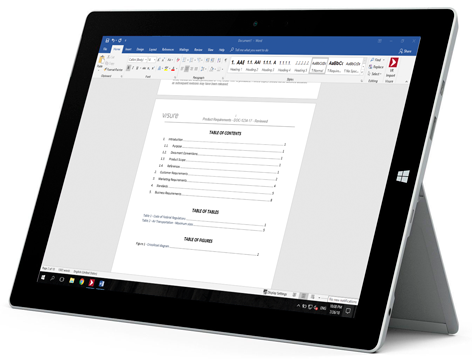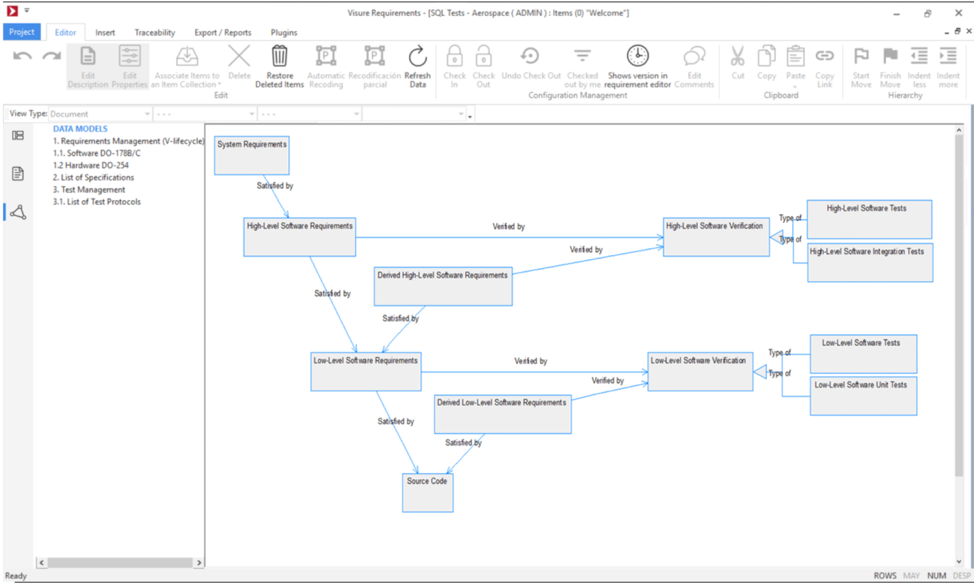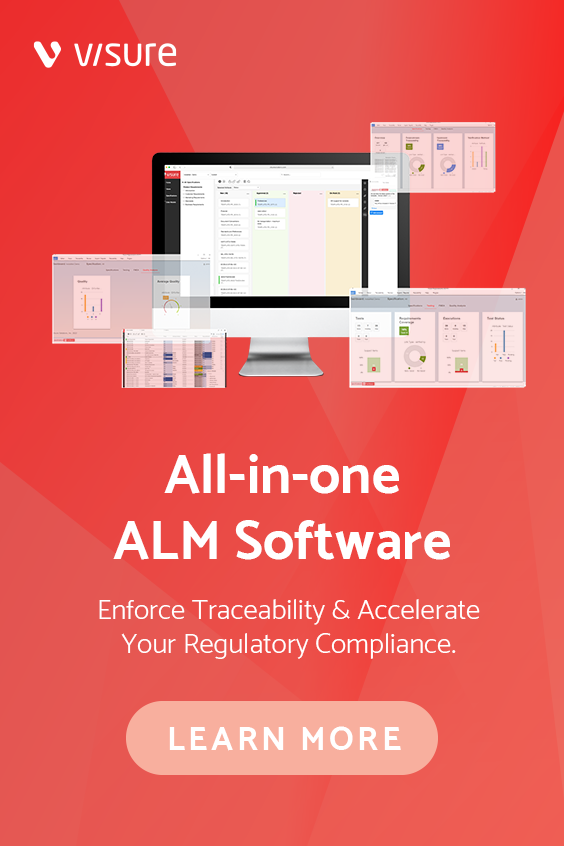Software Requirement Specification (SRS): Tips & Template
Communication is the key to success in software development. According to one study that examined why software development companies struggle to provide customers with software solutions that meet their expectations, poor communication, and unclear requirements are among the top reasons why software projects fail.
Clear, well-communicated requirements help development teams create the right product, representing the foundation of successful product development. But what do such requirements actually look like, and how should they be communicated? The answer is simple: with a Software Requirements Specification (SRS).
What Is an SRS?
An SRS is a document whose purpose is to provide a comprehensive description of a software product to be developed, including its purpose, the main business processes that will be supported, features, key performance parameters, and behavior. As such, it essentially serves as a map that guides the development process and keeps everyone on the right track.
An SRS is usually signed off at the end of the requirements engineering phase, the earliest phase in the software development process. It contains both functional and non-functional requirements. Functional requirements describe the function of a software system and its components (such as pre-booking of books when describing a college library system), while non-functional requirements describe the performance characteristics of the software system and its components (such as security or service availability).
The IEEE (Institute of Electrical and Electronics Engineers) specification 830-1998 describes the methods and recommended approaches for defining an SRS, helping software customers to accurately describe what they wish to obtain while making it easier for suppliers to understand exactly what the customer wants.
Benefits of Writing an SRS Document
In addition to providing the foundation for successful product development by creating alignment between customers and suppliers and keeping everyone involved on the same page, an SRS offers a number of other benefits that make it well worth the effort it takes to write it.
According to Kurosh Farsimadan, a full-stack developer at Rideau, “The usage of the SRS can eliminate and prevent errors in the design phase since any contradicting requirements and functions that need validation can be fixed at this point and stakeholders can be contacted for reevaluation.”
It’s always significantly less expensive to make changes early in the software development process than later when countless hours and a lot of energy and resources have already been spent. Having a well-written SRS helps optimize the development process by preventing the duplication of tasks and structuring problems in a way that makes them easily solvable.
All other documentation—both technical and business—can be based on the SRS to guarantee its consistency and accuracy.
Components of an SRS
No two SRS documents are identical because all software projects are different, some using the waterfall development model, and others practicing agile development. However, it’s still possible to distill the main components of an SRS and create a rough outline of how it should look like:
- Introduction
- Purpose
- Audience
- Intended Use
- Scope
- Acronyms and Definitions
- General Description
- Needs of the user
- Dependencies and Assumption
- Requirements and System Features
- Functional Requirements
- External Interface Requirements
- System Features
- Nonfunctional requirements
The first section describes the product being developed, its purpose, target audience, intended use, and scope. The second section provides more information about the needs of the users and the factors that could potentially prevent the requirements outlined in the SRS from being fulfilled. The last major section is dedicated to specific requirements, both functional and non-functional.

How to Write a Good SRS?
A good SRS should meet several key characteristics. It should be:
- Correct: It’s important to ensure that the SRS always reflects product functionality and specification.
- Unambiguous: It’s better to be overly specific than ambiguous. The SRS isn’t a literary masterpiece, so even the most basic stylistic rules can be ignored in the name of clarity.
- Complete: It’s never a good idea to leave out any feature requested by the customer.
- Consistent: All acronyms and definitions should be used in a consistent manner throughout the SRS.
- Ranked for importance and/or stability: Time is often a scarce resource during the development process, so ranking requirements according to their importance and stability is a good idea.
- Verifiable: There should be a verification method for each requirement.
- Modifiable: Changes to requirements should be made in a systematic manner, and their impact on other requirements should be taken into consideration.
- Traceable: All requirements should be traceable right from their origin.

How RM Software Can Help with Writing SRS Documents
It’s entirely possible to write a good SRS document in Microsoft Word, Google Docs, or any other word processor. The problem with this approach is that it can be excruciatingly tedious and time-consuming. The fact is that even relatively straightforward software development projects can be requirement heavy. When requirements change, the limits of word processors such as Microsoft Word are quickly revealed.
Instead of running into obstacles later in the development process, it’s a much better idea to use a dedicated requirements management tool like Visure right from the start. A dedicated requirements management tool provides integral support to the complete requirement process, managing all requirement related information and their relationships and interactions with the users.
Visure is an excellent example of a modern requirements management tool because it’s specifically designed to provide integral support to the complete requirement process, including requirements capture, analysis, specification, validation and verification, traceability, management, and reuse. Visure is fully customizable, and it integrates with many third-party tools.

Conclusion
All those who have worked on a software project know how quickly requirements can pile up and how difficult it can be to manage them. A software requirement specification provides a comprehensive description of a software product to be developed and keeps everyone involved on the same page. With modern requirement management tools, writing a software requirement specification doesn’t require much effort at all, and the benefits are impossible to ignore.





